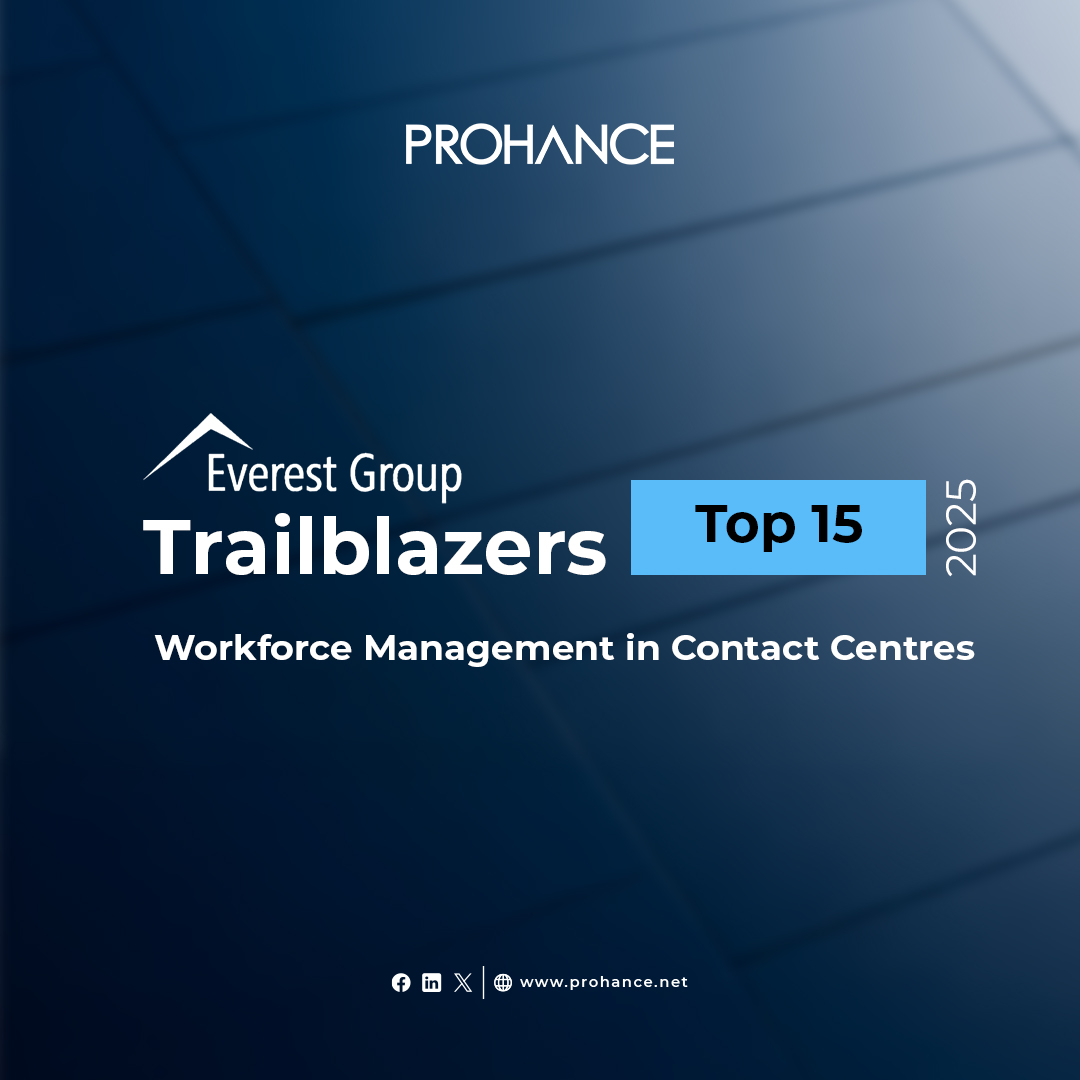10 Flexible Work Arrangements to Boost Employee Productivity
Table of Contents
Remember when leaving the office early meant sneaking out, hoping nobody noticed? The workplace landscape has shifted dramatically, and what started as a pandemic necessity has evolved into something much bigger—a fundamental rethinking of how work gets done.
Here’s what’s fascinating: About 91 percent of workers strongly favor flexible schedules and working hours. And 82% of leaders are considering offering partially flexible or hybrid work arrangements.
What’s happening goes beyond simple comfort or convenience—companies are finally catching on that productivity doesn’t follow a clock or require a specific zip code.
Why Does Flexibility Actually Work?
79% of managers feel their team is more productive when working remotely. That’s a complete reversal from the pre-2020 mindset when many executives worried about employees slacking off at home.
The benefits of flexible working for employees extend far beyond personal satisfaction. When people have control over their work environment and schedule, they actually care more about their output. It’s counterintuitive, but removing rigid oversight often leads to higher accountability, not lower.
10 Flexible Work Arrangements That Actually Move the Needle
1. Full Remote Work
The gold standard of flexibility allows employees to work from anywhere with an internet connection. Some companies worried this would create communication chaos, but many discovered their teams became more intentional about meetings and more efficient with their time. The elimination of daily commutes alone saves employees hours that often get redirected into productive work.
2. Hybrid Models That Make Sense
Smart organizations aren’t forcing arbitrary “three days in office” rules. Instead, they’re letting teams decide when face-to-face collaboration adds the most value. Employees who choose to work remotely are reported to be 15% more productive on average, suggesting that choice itself might be the secret ingredient.
3. Flexible Daily Schedules
Some people are morning champions who crush their biggest tasks before 9 AM. Others hit their stride after traditional work hours. Flexible start and end times acknowledge this reality, allowing employees to align their schedules with their natural energy patterns rather than fighting against them.
4. Compressed Work Weeks
Four ten-hour days instead of five eight-hour days? For many roles, this works brilliantly. Employees get three-day weekends every week, while companies often see increased focus during those longer work days. The extra day off reduces burnout and gives people time to handle personal tasks without requesting time off.
5. Job Sharing Arrangements
Two experienced professionals splitting one full-time role can be incredibly effective. This arrangement works particularly well for positions requiring consistent coverage or specialized expertise. Companies retain valuable employees while ensuring continuity of service.
6. Location Flexibility Within the Office
Open offices have a bad reputation, but activity-based working brings back the concept intelligently. Employees can choose quiet zones for focused work, collaborative spaces for team projects, or casual areas for informal meetings. The key is giving people options rather than assigning seats.
7. Part-Time Professional Roles
Part-time work used to mean career dead-ends, but forward-thinking companies are creating part-time positions with real advancement potential. This attracts highly skilled professionals who want to maintain career momentum while managing other life priorities.
8. Seasonal Schedule Adjustments
Summer, Fridays, holiday flexibility, and seasonal hour adjustments recognize that work-life balance needs to change throughout the year. These arrangements show employees that their company understands life happens in cycles, not just daily routines.
9. Project-Based Flexibility
Some work naturally flows in cycles—intense periods followed by slower times. Project-based flexibility allows employees to work intensively during crunch periods and recover during quieter phases rather than maintaining artificial consistency.
10. Time Banking Systems
Employees can bank extra hours worked during busy periods and use them later for time off or schedule adjustments. This creates security for both parties—companies get coverage during peak times, and employees gain flexibility for future needs.
The Productivity Paradox
Here’s something that would have sounded crazy to most managers five years ago: giving employees more control over their work often results in them working harder, not less. 71% of respondents agree that flexible working hours contribute to a healthy work-life balance, and this balance directly impacts the quality of work they produce.
The statistics are striking: 72% of employees reported better performance, 76% would remain within their present company, and 83% had higher morale when provided with flexible work arrangements. When people feel trusted and supported, they naturally want to justify that trust through their performance.
How ProHance Empowers Flexible Work Success
Here’s how ProHance‘s integrated platform addresses the unique challenges of managing distributed teams:
| Challenges | ProHance Solution | Business Impact |
| Visibility Gap | Real-time activity dashboards show work patterns across different locations and time zones | Managers gain confidence in remote team performance without micromanaging |
| Productivity Measurement | Automated time tracking and application monitoring provide objective productivity metrics | Replace subjective performance assessments with data-driven insights |
| Project Coordination | Centralized project tracking with milestone management keeps distributed teams aligned | Reduce project delays and improve deadline adherence by upto 40% |
| Accountability Concerns | Optional screen monitoring and detailed work logs maintain transparency | Build trust between managers and remote employees through clear documentation |
| Performance Optimization | AI-powered analytics identify peak productivity hours and work patterns | Enable employees to optimize their schedules for maximum efficiency |
| Resource Allocation | Workload distribution insights prevent burnout and identify capacity gaps | Improve team utilization rates while maintaining employee well-being |
| Quality Assurance | Performance benchmarking and trend analysis maintain service standards | Ensure consistent output quality regardless of work location |
Looking Ahead
The trend toward workplace flexibility isn’t slowing down. Success with flexible work comes down to execution. The goal isn’t to copy what other companies are doing but to find the specific combination of flexible work arrangements that works for each organization’s unique culture, business needs, and employee preferences.
This requires experimentation, measurement, and continuous adjustment based on what the data reveals about actual productivity and employee satisfaction.
Frequently Asked Questions
How do you maintain company culture when everyone works different schedules?
Culture building in flexible environments requires intentional effort and creative approaches. Many successful companies establish core collaboration hours when everyone is available, even if they work different overall schedules. Regular virtual coffee chats, team projects that bring people together, and occasional in-person gatherings help maintain connections.
Which roles work best with flexible arrangements?
Knowledge work, creative roles, and positions with measurable outputs typically adapt well to flexibility. However, many traditionally rigid roles are finding ways to incorporate some flexibility.
What legal issues should companies consider with flexible work policies?
Labor law compliance varies significantly by location and industry. Overtime regulations, workplace safety requirements, tax implications for employees working in different states or countries, and data security regulations all need consideration. Working with legal experts during policy development helps avoid problems later. Documentation of work hours and locations often becomes more important with flexible arrangements.
How do you measure ROI on flexible work programs?
Employee retention rates, recruitment success, office space costs, absenteeism levels, and employee satisfaction scores all provide insights into program effectiveness. Many companies also track project completion rates, client satisfaction, and innovation metrics to get a complete picture of how flexibility affects business outcomes.






